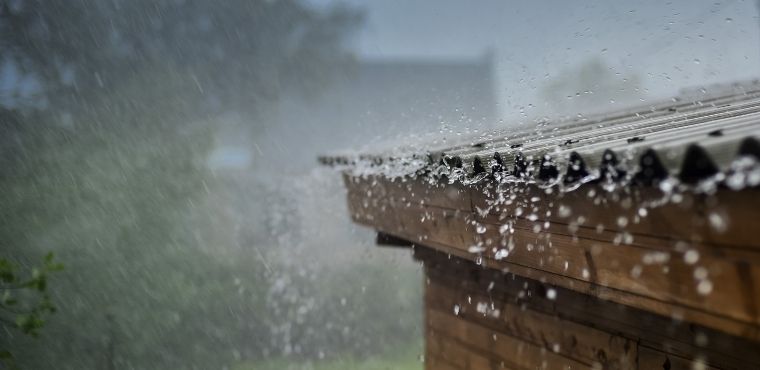Unless you’re a meteorologist, you probably don’t keep a constant eye on the weather. However, you probably keep some things around just in case things change. For example, you might keep an umbrella in your car for when rain strikes or boots handy to keep your nice shoes away from puddles.
You need to have precautions in place for your home too. Read on to learn how to prep your home in case of a storm to stay safe and secure.
Create a Basic Storm Kit
A storm kit does what you might expect it to do! This kit ensures you have what you need when a storm hits. Include any item you think you may need in an emergency. The supplies should get you and your family through 48 hours without electricity and access to essential services.
You need to store the kits in a place you can access quickly. Make sure everyone knows the location of the kits. Store items in airtight plastic bags and put all the supplies in one or two easy-to-carry duffle bags.
In your kit, consider including:
- Water (one gallon per person for drinking and sanitation)
- Food (non-perishable)
- Hand crank flashlights
- Batteries
- A battery-powered radio
- A first aid kit
- Whistles
- Blankets
It’s also smart to keep some safety money with you and prepare any prescription medications. Order these in advance if necessary but remember to keep track of the expiration dates!
Seal All Entry Points
If you live in areas prone to hurricanes or tornados, you need to have a way to seal all windows and doors. One of the benefits of tinted window treatment is that it can enhance the security of your home. In the event of a natural disaster, the security film holds the glass together longer, ultimately decreasing the chance of injury. Know which furniture or items you have around to brace your doors and your garage door as well.
Strategize an Evacuation Plan
Create and strategize a safety or evacuation plan ahead of time. Never wait for the day of a disaster to devise a strategy. Gather your family and discuss where you all should go during a natural disaster.
Specify distinct locations for each type of disaster that provide specific safety measures. You also want to ensure that everyone has all necessary contact information in case you separate, including young children.
Some homeowners go as far as to design a safe room on their property. This room provides extra security and can act as a bunker for an extended period. Check with local emergency management officials to see if your action plan is suitable and learn what local resources you can rely on.
No one knows when or where the next natural disaster will come. That is why you need to prepare for any situation. Don’t hesitate to start planning so you can correctly prep your home in case of a storm. Stay ready and stay safe!







